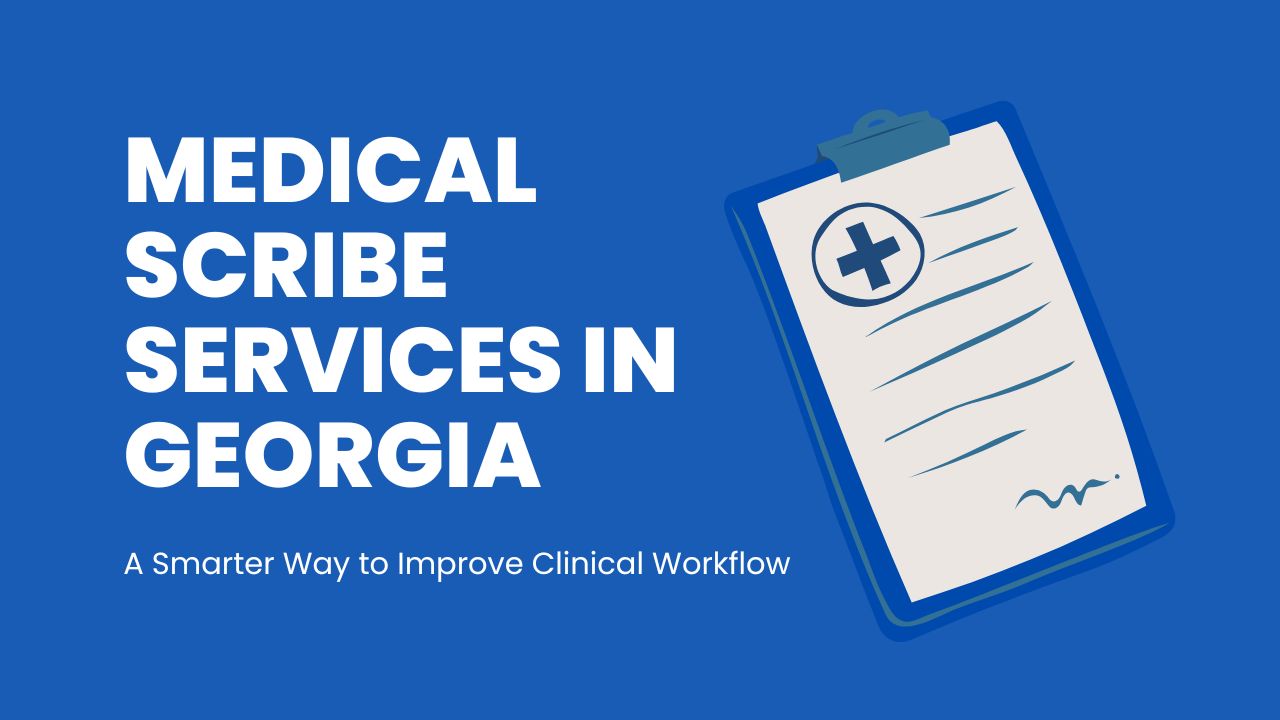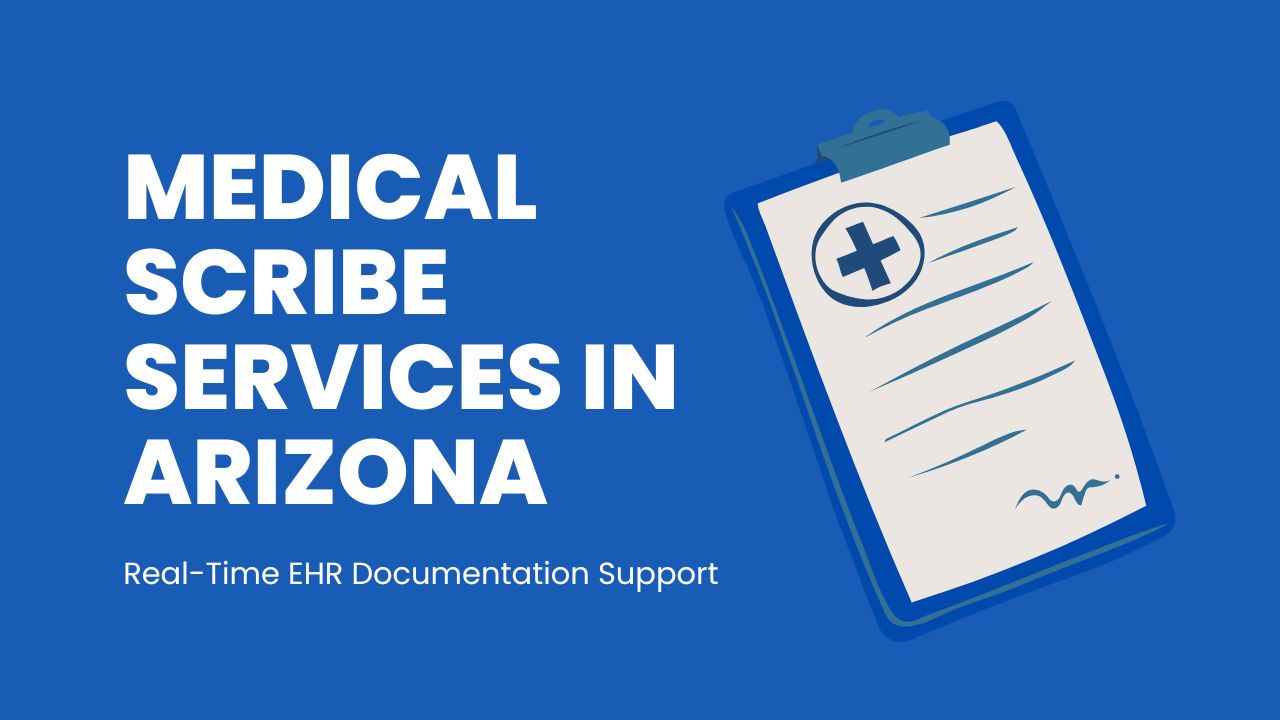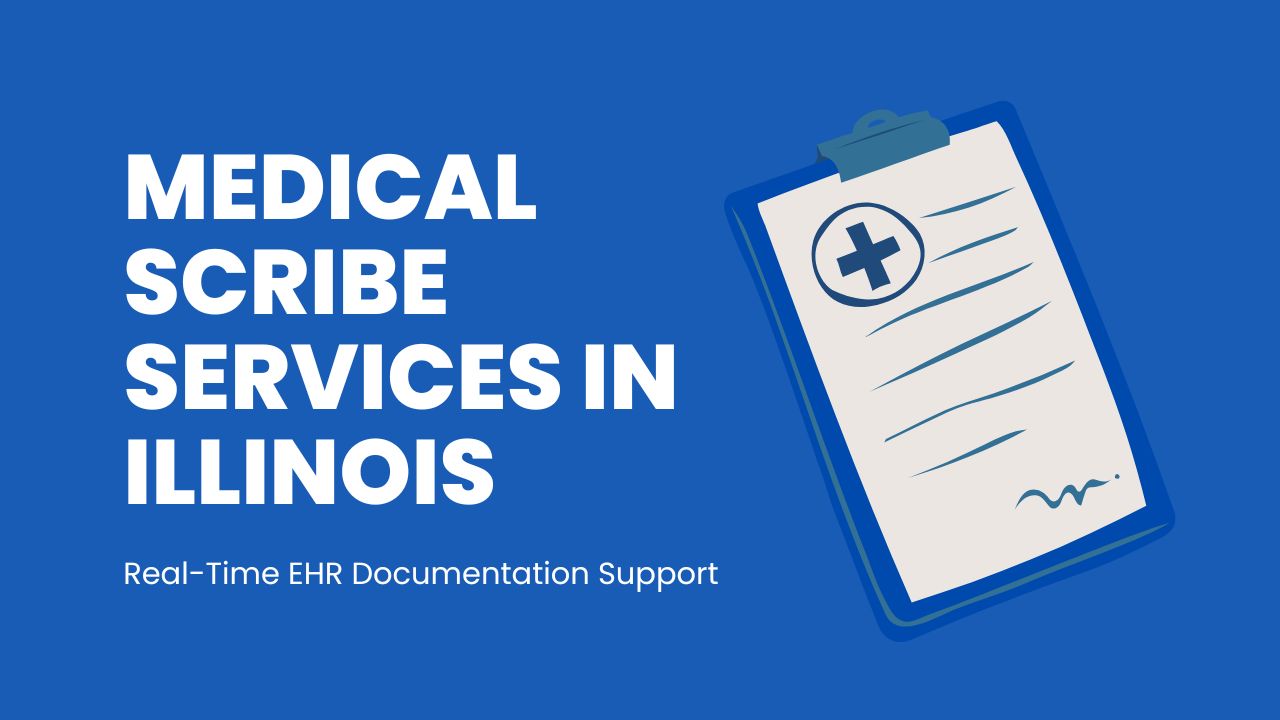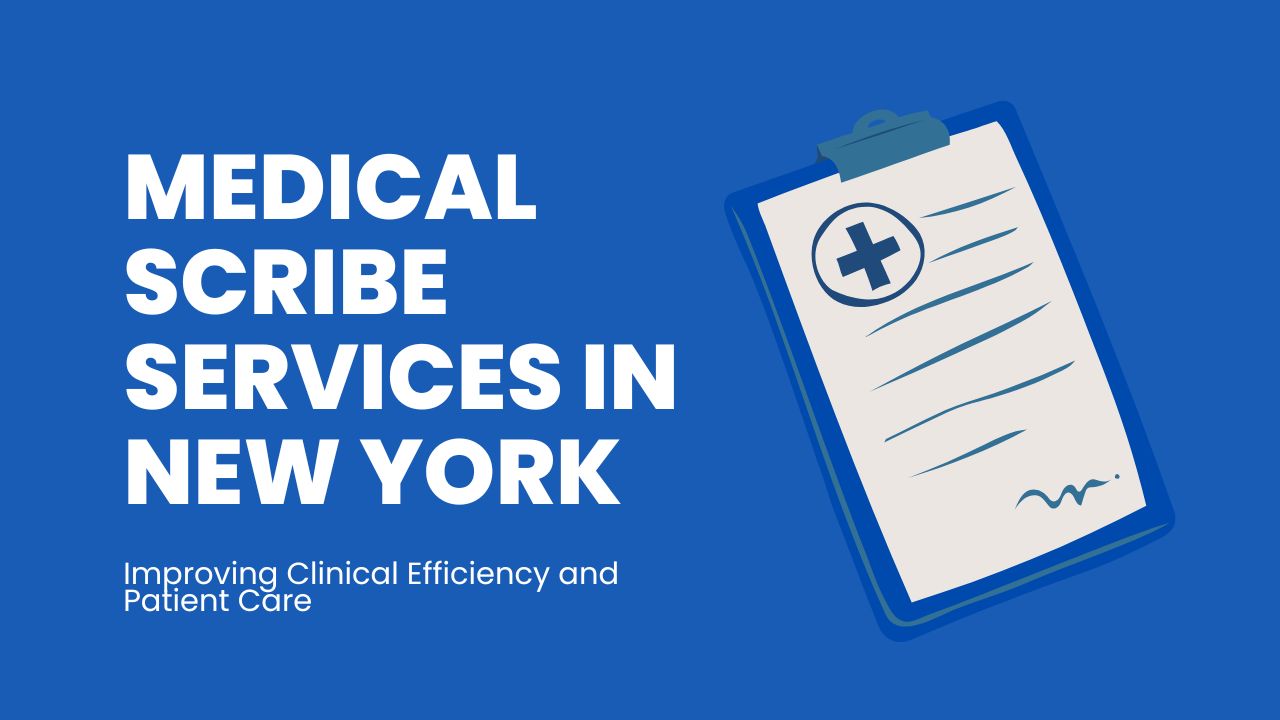Emergency Room (ER) Scribes
ER medical scribes play a vital role in the fast-paced environment of emergency care by managing real-time documentation, streamlining workflows, and enabling physicians to dedicate their full attention to diagnosing and treating patients, ultimately improving efficiency, accuracy, and patient outcomes.









